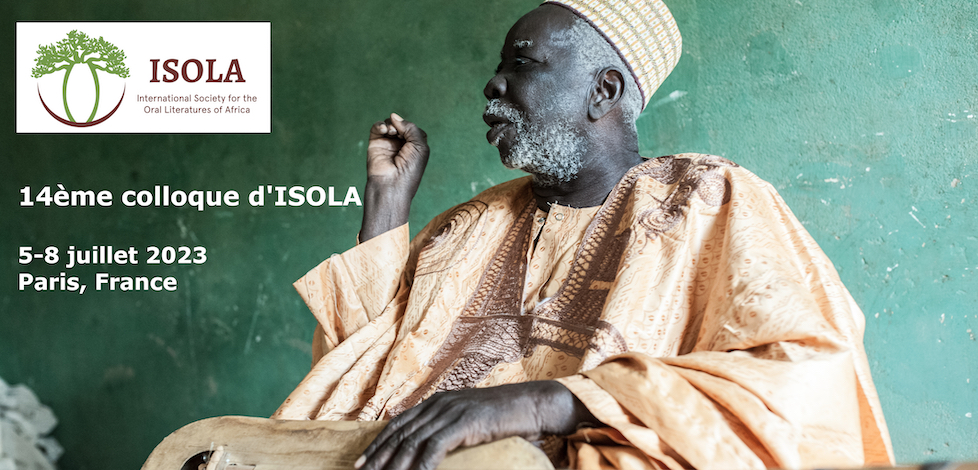Verbal arts in the Nigerian community is a major feature of expressing self as well as preserving traditions. It has been noted that all the while, many citizens of the African community tend to rely on who has the tradition and who holds the tradition. More often than not, those that are in the diaspora from the community tend to not understand what to do and what not to do when there is a need for them to perform rites, whatever its nature. Nonetheless, the possibility of preserving these features and having them properly recorded have been afforded us by the technological age. Memories fade and people die. However, electronic recordings, especially, using the social media platforms, for now, seems a good way to preserve many traditional heritages of the peoples of the continent. And understanding this, the internet continues to expand to accommodate more and more of these artistic renditions. This paper thus seeks to exemplify the advantage of such recordings for the future of our culture by showcasing the recently held Evaremi Festival in Okpe Kingdom of Akoko-Edo Local Government Area in Edo State. It presents different aspects of the programme and how these have been able to enable a new exposure that was not there before in the times past, making it possible for the younger generation to understand what to do when such occurrences come their way, as it will surely get to their turn. It is expected that this will afford many scholars access to the traditions of this Kingdom as well as to explore its mores. Importantly, it will afford the future generations access to this important part of their community's life so that it would not be lost to them with the passage of time. The influence of this on the environment are twofold. 1. The fact that many that were supposed to be present at the ceremony did not need to have to move through activating some mechanical elements that require emissions into the environment is mitigated by their ability to connect online to the activities and thus able to participate fully in a manner. 2. The availability of the recordings on the social media platforms make them accessible to a wider audience without this audience needing to negatively affect the environment by crowding in the area used for the festival. 3. Much more importantly, the cultural artifacts displayed, food items cooked/sampled and which were presented during the festival all point to environmental preservation in that they showed how the forebears lived and had healthy lives, thus recommending to the participants and those who will later watch the recordings the need to preserve our environment for posterity. All these are important at the technological and environmental preservation levels. In addition, the study intends to apply the ecocritical analysis to these activities in order to measure how they affect the environment and the green life in whole and in part. One hopes that the study should reveal a need to preserve the cultural life in this community in, as much as possible, its beauty. A beautiful part of the ceremony is the early morning mandatory walk around the community daily within the week of the ceremony adds value to the healthy living of the members of the age group. The preceding many community projects undertaken by the age group also has some interesting environmental implications. All these and much more are elements that add value to the environmental preservation process by building health consciousness among the group and the community. Nonetheless, it needs to be mentioned that the men cutting down green life as part of their victory display on returning from the mountain climbing expedition is a part of the festival that may require some adjustment in the future. In all, it is believed that looking at the different parts of this study and its social, health, cultural and technological benefits make it a worthwhile venture for investigation. Preserving a cultural heritage is preserving a people's life. and preserving a community's heritage is preserving the ecosystem at the bio-physical and socio-environmental levels. These and more are the motivation for this study.

|
Evaremi Festival in Okpe Kingdom as a Worthy Example of the Interaction of Humans with Technology for Cultural Preservation
1 : National Open University of Nigeria
|
 PDF version
PDF version
